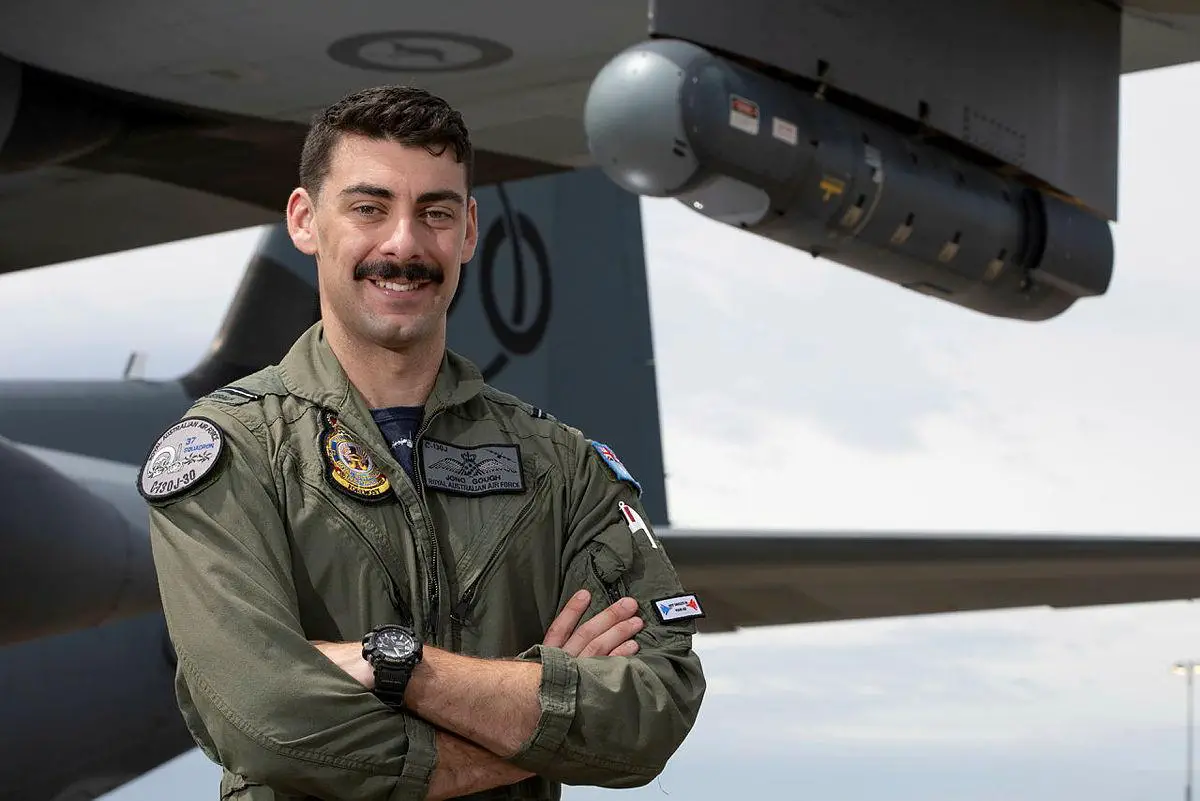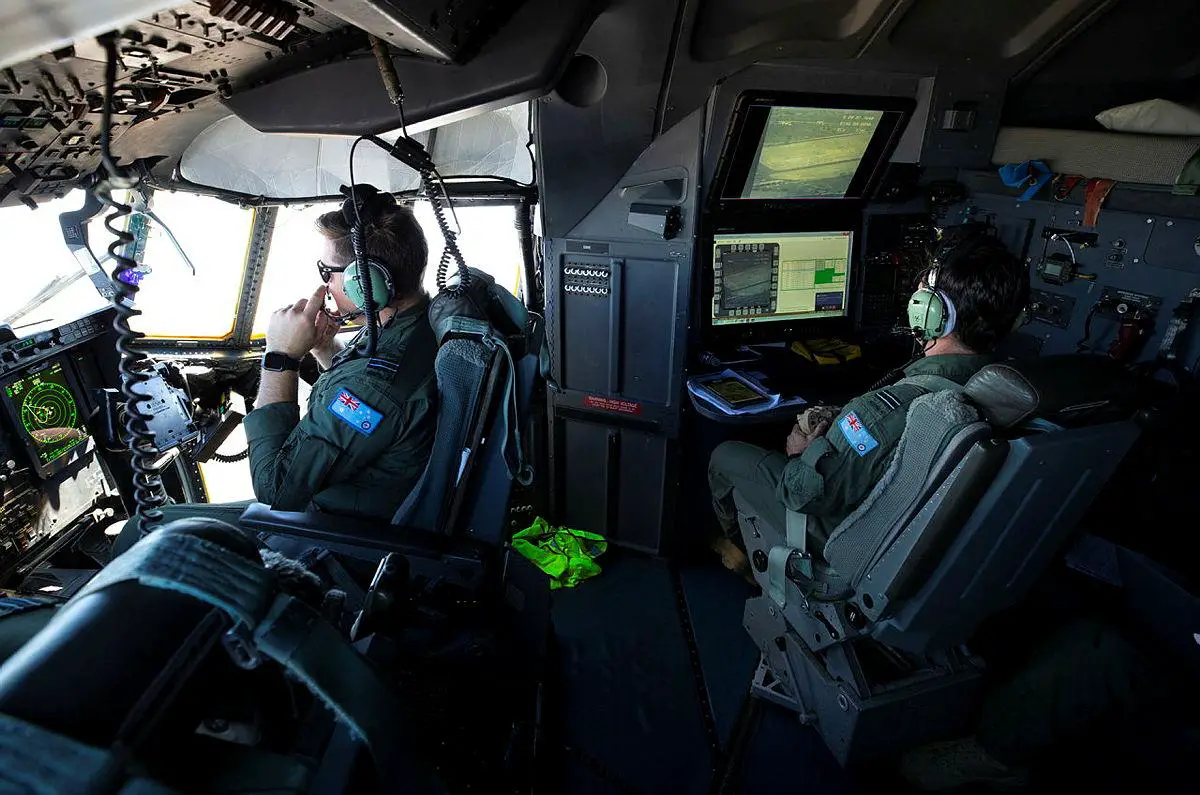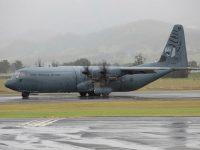A demonstration flight for an upgraded Royal Australian Air Force (RAAF) Hercules transport aircraft became a mission to support flood-affected communities in regional NSW. No. 37 Squadron launched a C-130J Hercules on November 15 to showcase how it could use sensors and network systems in a disaster-relief scenario. As part of a prototype trial, C-130J Hercules – serial number A97-448 – has been equipped with an AN/AAQ-28(V) Litening pod underneath its left wing. The pod was previously used by the RAAF F/A-18A and B Hornet fleet and can record video in day and night-time conditions.
Flying Officer Johnathan Gough, a Combat Systems Officer with No. 37 Squadron said, “The upgrades provided greater awareness for crew and commanders alike. We were able to livestream footage to a number of senior leaders in Sydney and Canberra and demonstrate the capability we can provide in future operations. During the demonstration, we were requested to directly support an actual disaster taking place at Forbes, where some flooding was affecting the local population. We were able to provide quite a lot of updated imagery and live video feed to Commander Joint Task Force 629 and other parties during that situation.”

Also under prototype, A97-448 has been enhanced to include an augmented crew station in the cockpit, where a Combat Systems Officer can operate the Litening pod and various other aircraft systems. These include a Ka-Band Satellite Communications (SATCOM) antenna, which allows high-speed data sharing around the globe. RAAF Hercules crews have supported operations since 1958 and recent prototype upgrades are designed to trial many of the ways that No. 37 Squadron could provide relevant and credible air mobility missions in future operating environments. Historically the Hercules has been used in direct support of really large-scale humanitarian assistance and disaster-relief operations.
This trial has shown RAAF can also provide a direct line of communication and livestream video footage of the area while the mission is conducted. It enables the crew to have a higher situational awareness of the area, or other senior leaders and relevant third parties to have a view of what we’re doing in real time. This potentially includes crews surveying damage to local infrastructure or a drop zone, and providing video to a headquarters on the ground. During disaster-relief operations, the C-130J can airdrop supplies or land on semi-prepared airstrips to deliver up to 19 tonnes of supplies and relief equipment. Alternatively, crews can evacuate people from remote regional areas.
One RAAF Hercules had provided a test bed to trial enhanced air mobility with the Litening pod and augmented crew station. Prototyping is a cost-effective way to enable innovation and allows scope for testing capabilities with a higher risk of failure but with potential high benefit. This enhanced air mobility demonstration will inform the future capability development of our medium fixed-wing airlift fleet. The wider C-130J fleet has evolved significantly since it was introduced in 1999, with many of these upgrades having made a significant impact to how RAAF conduct operations. No. 37 Squadron will be continue to deliver a first response in future Indo-Pacific operations, and it is critical that it flies these missions whilst networked to a larger response.
The Royal Australian Air Force (RAAF) has operated forty-eight Lockheed C-130 Hercules transport aircraft. The type entered Australian service in December 1958, when No. 36 Squadron accepted the first of twelve C-130As, replacing its venerable Douglas C-47 Dakotas. The Royal Australian Air Force was the second international customer for the C-130J-30, with an initial order of twelve aircraft. The Lockheed Martin C-130J Super Hercules is a four-engine turboprop military transport aircraft. The C-130J is a comprehensive update of the Lockheed C-130 Hercules, with new engines, flight deck, and other systems. The C-130J is the newest version of the C-130 Hercules and the only model in production. As of February 2018, 400 C-130J aircraft had been delivered to 17 nations. By July 2021, 450 had been delivered with 26 operators in 22 countries.

